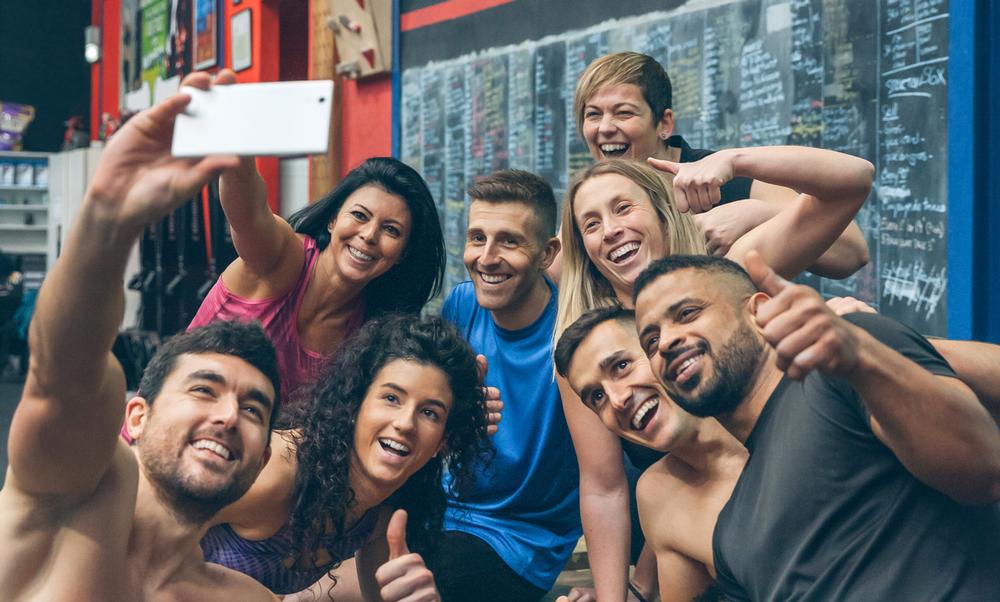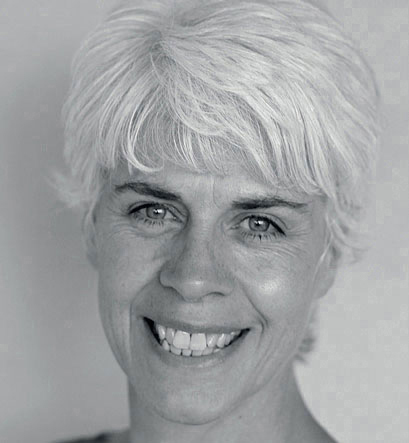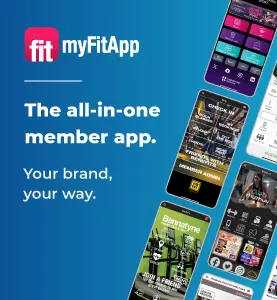As clubs reopen around the world, operators and investors are hungry for information about how trading is likely to look going forward, meaning there’s a new and urgent need for accurate, segmented consumer data and analysis.
Grappling with consumer insight is a new departure for many in an industry which has been more focused on researching and reporting on investment metrics, such as the number of clubs opening, the number of members, the revenues earned and the profit margins achieved.
It’s fair to say that, as a sector, we have not been overly focused on developing deep insights into the needs and behaviours of our customers or in customising our services.
But suddenly, it’s an urgent priority and it’s been heartening to see large parts of the industry collaborating to produce insight to inform reopening decisions, with Leisure-net (page 50) and 4global/ukactive (page 89) in the UK producing studies based on huge consumer data samples and Club Intel in the US tackling a similar challenge with its just-published research, What members say matters [see a full report in July HCM].
We must build on this work and keep regular consumer insight coming into the sector to inform decision-making.
From the numbers we have so far, it seems consumer response will be largely generational, with different age groups behaving in different ways across varying geographies.
In the UK, Leisure-net found younger people say they’ll use their clubs and centres more, with 45 per cent of 15-24 year-olds agreeing, compared to 14 per cent of 65- to 74-year-olds.
Younger people will also value their clubs more when they return, with 71 per cent of 15-24 year-olds saying they’ll value them more, compared with 45 per cent of 55-64-year-olds.
The picture in the US is different, with a fall-off by age. Club Intel found 74 per cent of people 56 and over (Baby Boomers) saying they’re very/fairly likely to return, compared to 61 per cent of Millennials (26-40) and 59 per cent of Gen Z (under 25).
Regional variances like this reflect health care systems and cultural differences, but one common thread emerging is the economic impact of the pandemic on some younger people.
Leisure-net found a percentage saying they’ll spend less, with 14 per cent of 15-to-24-year-olds stating this, compared with 7 per cent of 55-64-year-olds. Fortunately, these are relatively low numbers, however, they show the greater impact.
Younger people may want to return, but may not have the economic means to do so and – given Millennials and Gen Z have traditionally been a major driver of the sector – this is something we need to act on in offering urgent support.
It’s clear that every member will be more precious now than before – gone are the days of lazily churning members and thinking of them as a number, we need to be better not only at understanding consumer needs, but also at responding to them in terms of the customised offerings we create, and the way in which we authentically support them through their lives as we all work to recover from this devastating pandemic.

























































